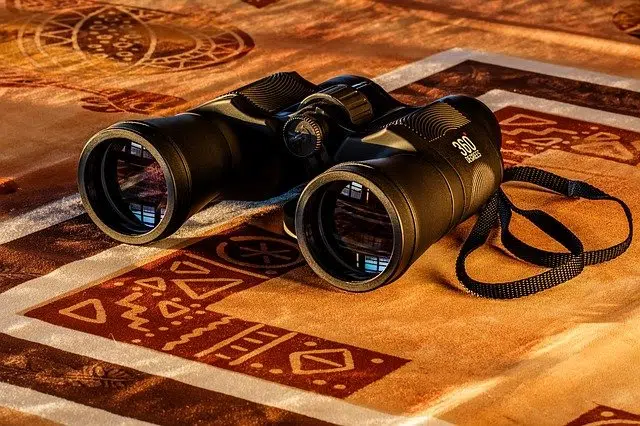
A prism is an element that generates the refraction, decomposition or reflection of light.
Prism comes from the Latin prism and has its most remote antecedent in a Greek word. In the field of geometry , a body whose limits are established by a pair of equal and flat polygons, arranged in parallel, and various parallelograms, according to the number of sides that its bases have, is known as a prism. This means that if the bases are triangles , we will be talking about a triangular prism .
A prism whose side faces are rectangular is called a right prism . If we have a right prism and we want to calculate its volume, we must estimate the product of the area of one of its bases times the height (that is, the distance between them).
Prism in optics
In the field of optics , a prism is a transparent medium that is delimited by flat faces that are not parallel. These prisms, which are usually made of glass, are used to cause light to decompose, reflect, or refract.
Reflective prisms simply reflect light and are used in instruments such as monoculars and binoculars. Polarizing prisms , on the other hand, divide light beams into fragments with different polarization. Dispersive prisms , finally, allow the decomposition of luminosity in the rainbow spectrum to be achieved.

Binoculars usually have reflective prisms.
History of binoculars
Binoculars are smaller refracting telescopes with a lower magnification capacity, although with a wider field of view . To classify them, a multiplication of their degree of magnification by the aperture diameter of the front lens in millimeters is made. Their usefulness in our times varies, and in cities they are usually used in theaters, to be able to visualize in detail the stage and the expressions of the actors and singers.
There is no very clear data about their creation, but it is necessary to weave together a series of events and discoveries to understand how they came to exist. The first person to register a patent detailing the construction of a telescope was a spectacle maker named Hans Lippershey, an inhabitant of what is now Holland in the year 1608.
Through said document, it requested exclusive manufacturing rights for thirty years. However, their request was denied on the grounds that it was not a novel product and that it would cause the same fatigue problems as monoculars. Precisely, Hans had been inspired by these discomforts to create a device that allowed both eyes to be used, to avoid fatigue.
Galileo, pioneer in the use of prisms
Galileo's name is the first to be mentioned when talking about binoculars and there are those who claim that in 1618 he used a helmet that had binoculars when embarking on a sea voyage, but there is no confirmation. Other people referred to, for different contributions, are Ottavio Pinani and Cherubin d'Orleans, author of an illustrated book with a great deal of detail about telescopes of this type, and Pietro Patroni, a manufacturer whose instruments are objects of collections and antique dealers.
Until then, the images obtained with the telescopes were shown backwards, due to using Galileo's system. Two centuries later, an important innovation ushered in a new era for binoculars: a final inversion was performed before the frame reached the user's eyes, so that the result would be seen normally.
Other uses of the concept
The notion of prism, on the other hand, is usually used to refer to perspective , opinion or opinion. For example: "You have to look at the situation from another perspective to understand it."
Prism , finally, is the name of the asteroid that A. Schwassmann discovered in March 1931.
